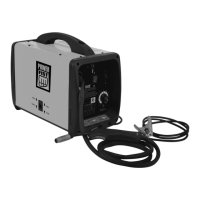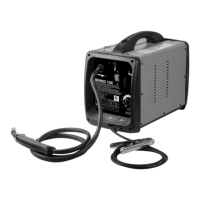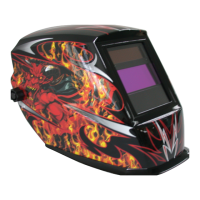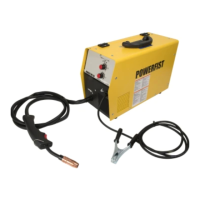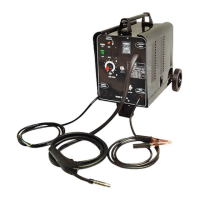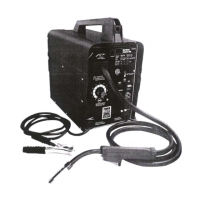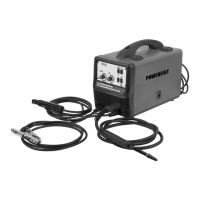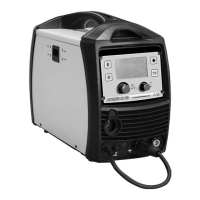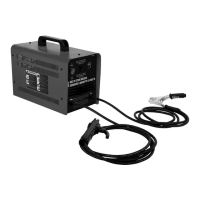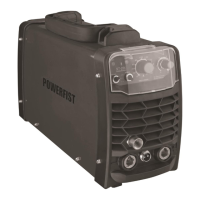Why does my Power Fist MINIMIG 100E overheat and trip the circuit breaker?
- SScott PorterAug 19, 2025
Your Power Fist Welding System might be overheating due to several reasons. It could be due to the use of an extension cord. If possible, relocate the welding unit to avoid using one, or use a thicker extension cord. Another cause could be using an electrode diameter that's too large, so try using a smaller diameter electrode. Finally, the circuit might be overloaded; this welding unit requires a dedicated circuit, so remove all other electrical devices from the circuit.
